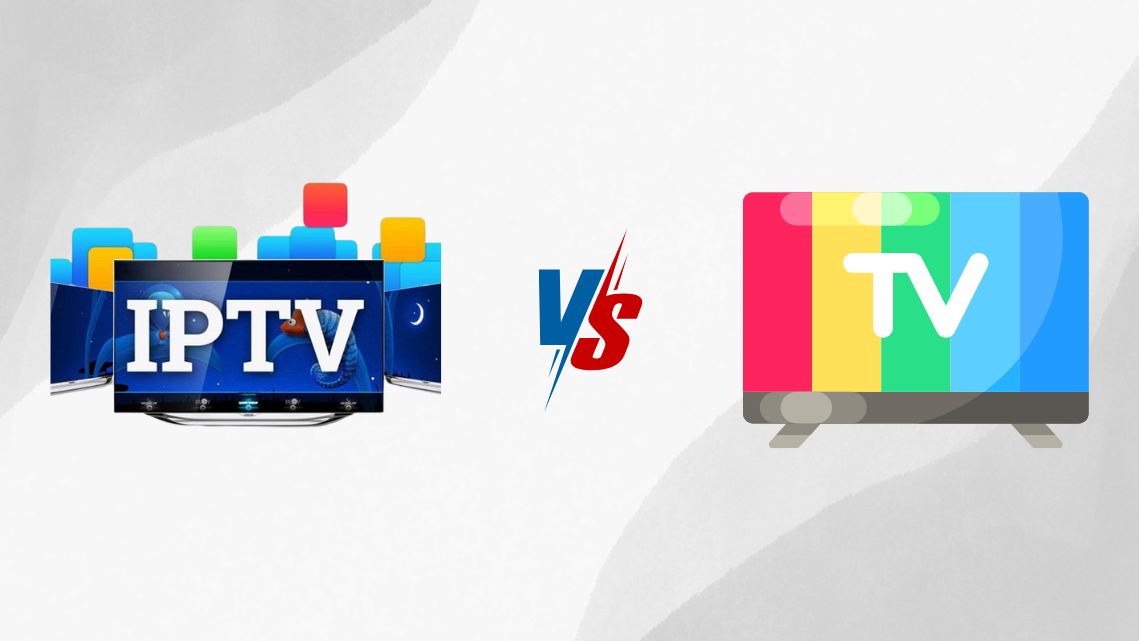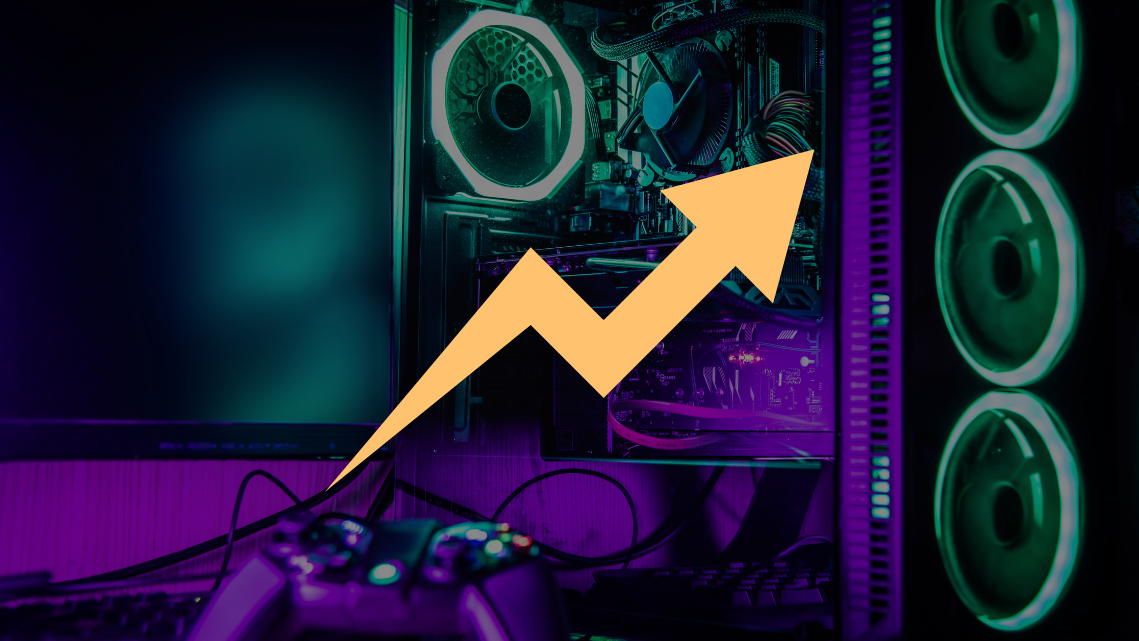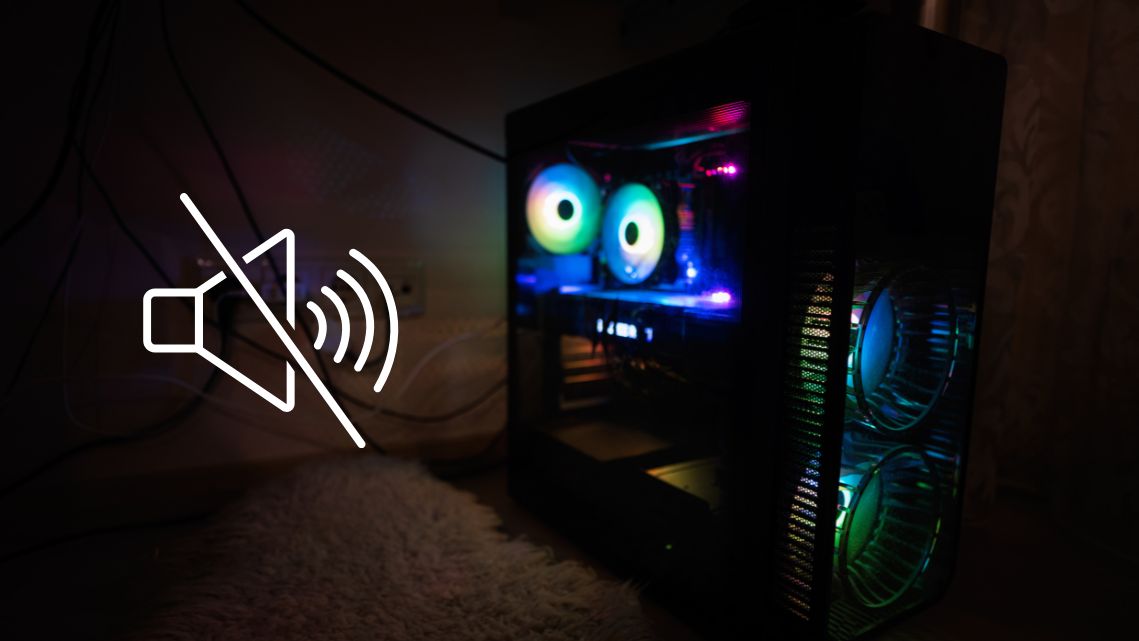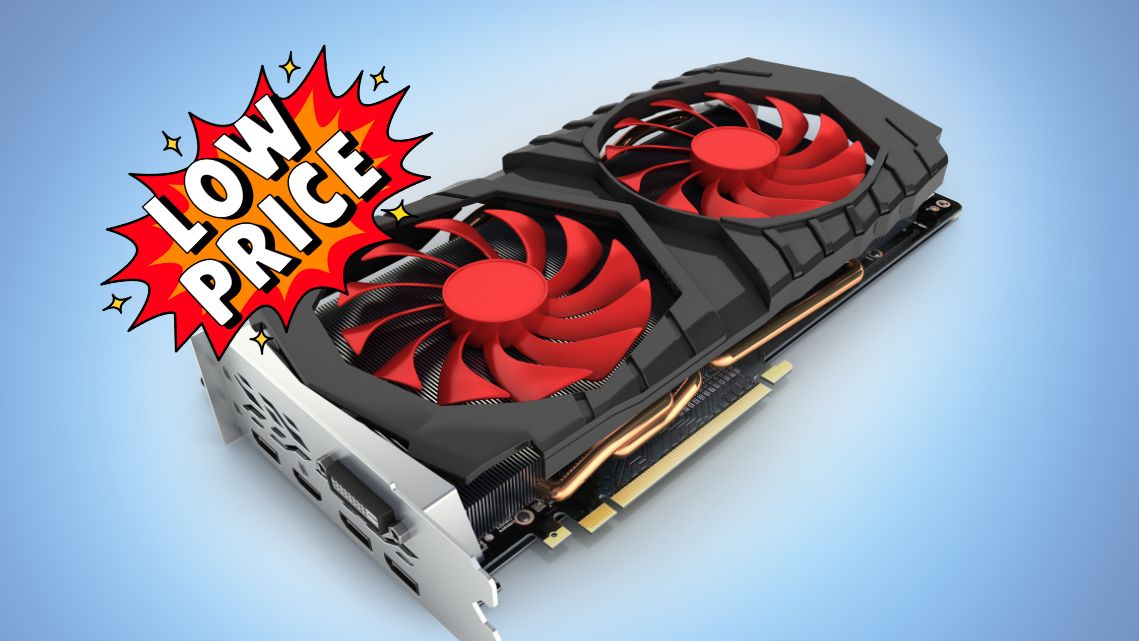Fixing common software compatibility issues
In today’s digital age, software plays a pivotal role in our daily lives, from productivity tools and entertainment apps to essential system software. However, encountering software compatibility issues is not uncommon. These issues can be frustrating and disrupt your workflow or leisure activities. In this guide, we will explore common software compatibility issues, their causes, and practical solutions to help you resolve them efficiently. Let’s delve into the world of software issues and how to tackle them effectively.
Understanding Software Compatibility Issues
Software issues occur when programs or applications encounter errors due to conflicts with other software, hardware, or the operating system.

Crashes and Freezes
Software may suddenly stop responding or freeze during use, requiring manual intervention to close the application.
Error Messages
Users may encounter error messages that provide information about the issue but not necessarily a solution.
Performance Problems
Software may run slowly or inefficiently, causing delays and reduced productivity.
Incompatibility with Hardware
Some software may not work with specific hardware components, leading to hardware-related issues.
Compatibility with Operating Systems
Older software may not be compatible with newer operating systems, resulting in functionality problems.

Common Causes of Software Compatibility Issues
Outdated Software
Using outdated or unsupported software versions can lead to compatibility problems, especially with newer hardware or operating systems.
Conflicting Software
Installing multiple software applications that interact poorly with one another can cause conflicts and errors.
Driver Issues
Outdated or incompatible drivers for hardware components like graphics cards or printers can lead to software issues.
Operating System Updates
Major updates to your operating system can sometimes render older software incompatible.
Missing or Corrupt Files
Missing or corrupted software files can cause crashes and errors.

Practical Solutions for Resolving Software Compatibility Issues
Update Software
Ensure that all software applications are up to date by installing the latest updates and patches provided by developers.
Check Hardware Compatibility
Verify that your hardware components, such as graphics cards and peripherals, are compatible with the software you intend to use.
Update Drivers
Keep hardware drivers updated to ensure compatibility with both software and the operating system.
Use Compatibility Mode
Some operating systems offer compatibility modes that allow older software to run as if on an earlier OS version.
Check System Requirements
Before installing new software, review its system requirements to ensure your computer meets or exceeds them.
Utilize Virtual Machines
In cases of legacy software, consider running it within a virtual machine designed for older operating systems.
Uninstall Conflicting Software
If you suspect software conflicts, uninstall or disable conflicting applications to test for improvements.
Backup and Reinstall
As a last resort, backup your important data and perform a clean reinstall of the operating system and software to eliminate deep-seated issues.
conclusion
Software compatibility issues are a common aspect of using computers and digital devices. However, armed with a better understanding of the causes and practical solutions, you can navigate these challenges with confidence. Regularly updating software, drivers, and keeping an eye on system compatibility can go a long way in preventing and resolving software issues, ensuring a smoother and more productive digital experience.






